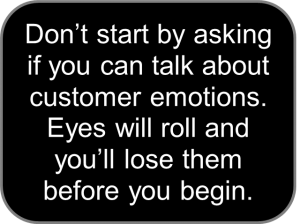Where to start customer journey mapping
Ok, so we like the idea of it. We’re planning a programme of workshops and we’re thinking about how the outputs will plug into everything else the business is doing. But, just where do we start with customer journey mapping? Which experiences should we focus on first?
After all, there are so many to chose from: do we pick the ones we’re most familiar with? The ones that generate the most complaints? Or the ones that will give us the greatest value? We can’t do them all at the same time so we need to prioritise; in other words, decide “who” is doing “what”.
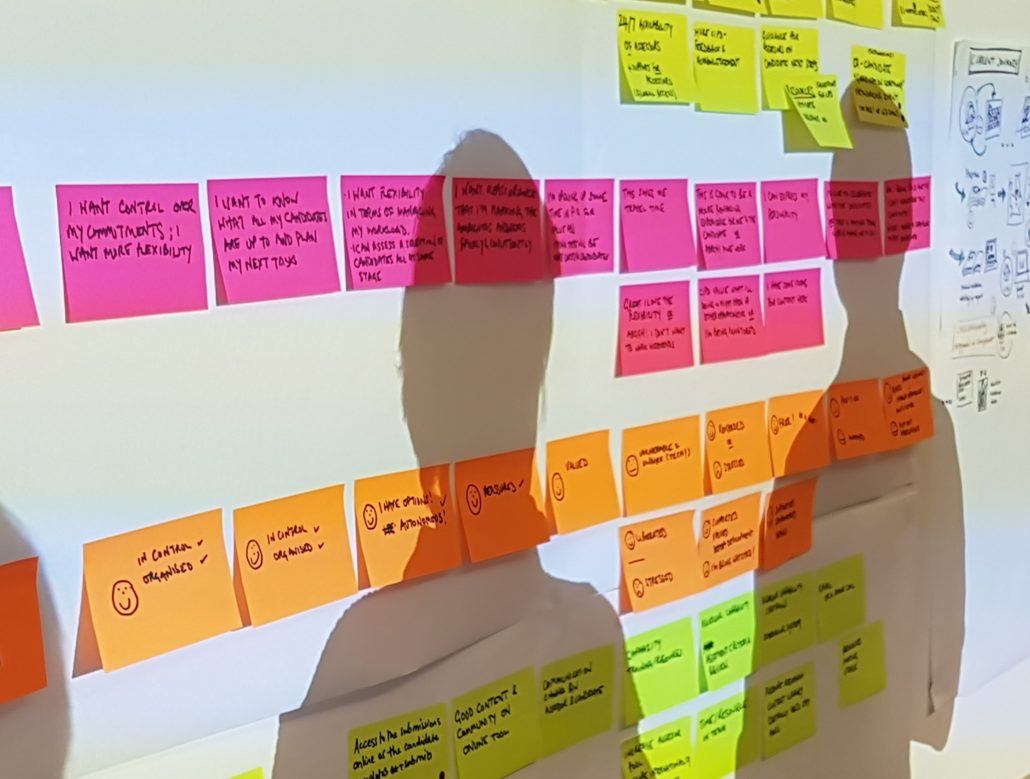
Customer Journey Mapping – a powerful tool but only if it’s strategic, efficient and influential
The persona/journey combination you choose will depend on a raft of considerations. That will include your business goals and the maturity of your existing CX culture but taking time now to find clarity will pay huge dividends in the future.
Customer journey mapping must be done in a strategic context, not in a vacuum or rushed. It must be effective in its methodology and its output must drive change. If it fails in any of those things, we’ll have a fun and engaging, but ultimately wasted, time in our workshops. And if that happens, not surprisingly, everyone will drift back to their day-job and next time we mention ‘Customer Experience’, eyes will roll sceptically. We’re also not looking at creating a process map here; rather, it’s about what it’s like to be on the receiving end of your processes.
Get it right though and you can share compelling stories that reshape the corporate mindset and behaviours. Your people learn more about their role in the business, you build a narrative around what it’s like to be a customer and you create that all-important internal momentum and excitement. You’ll prioritise your interventions with greater confidence, know where to take out unnecessary costs and know how to focus on creating innovative improvements.
Customer journey mapping is a powerful tool. But, back to basics. To get it right, we need to be clear about whose story will the journeys tell.
Deciding that can be easier said than done. Think, “Who, what, where, when and why?”. Just by taking the number of customer, employee and stakeholder personas, factored by the reasons they each might interact, the ways they interact and the products or services they’re engaging with and, at best, the permutations can run into the hundreds.
The first journeys you choose will depend on your own circumstances. It may already be clear but if not, here are a few considerations to help focus on what works for you:
You know instinctively – the one(s) you’ve been thinking about as you read this; the proverbial ‘burning platform’. Where is the investment in your brand promise being undermined? What is the issue everyone talks about or worse, the one everyone just dismisses as a barrier “because it’s always been that way”. If you could map only one journey, what would it be?
Which customers do you want more of? – use the insights from your data to identify which customers or partners are most valuable to you. Where does your revenue come from? The most profitable? The most likely to be active advocates? Work backwards from there, understand what they value and what the nature of their journey with you is.
High profile or political issues – it may not be a customer’s most significant journey but there’s an internal imperative for getting this one right. While the platform might not be burning as such, you know beneath the surface it’s smouldering and could ignite at any time. Showing the customers’ perspectives will help nudge everyone into action sooner than later, reducing the associated risk and snuffing out any complacency.
Be guided by your purpose, ambitions and CX Strategy – your values, strategic intent and corporate objectives will direct you to where your priorities are. How does today’s journey compare with what it should, ideally, be? Where are the gaps between today and how good you want to be? For example, if you set out to be “Earth’s most customer-friendly business”, you might look for the journeys where customers have the greatest interaction with your people.
Complaints, customer feedback and operational metrics – an obvious consideration, but your data analytics and qualitative feedback will be a good signal of where to focus effort. However, we know most unhappy customers don’t complain so don’t ignore the journeys where there may be less obvious signs of frustration. You might (should) also consider mapping the journey of when a customer complains or goes to the effort of giving you feedback.
Look beyond typical customers – thankfully we’re not all the same but processes tend to assume we are. For example, people with a disability and their families need to interact with the environment you create; I’ve often seen that if we get things right for people with a physical or cognitive disability we get right for everyone else too. And how do you deal with customers who are apoplectic with rage? They might be spitting blood because of the downward spiral created by your processes’ lack of any empathy rather than because they are simply nasty people who deserve to be ignored.
Not just customers – employees, partners, third-parties and stakeholders will all benefit from having their journey mapped. For example, it might be you can map a Customer Success Manager’s experience of getting a new client up and running. Or map what it’s like to go through your recruitment process to joining on day 1. If your employer brand talks about being a ‘meritocracy’ or simply a funky place to work, mapping out the journeys gives you plenty of evidence and stories to showcase your promise. If you outsource part of your branded experience, how easy is it for them to deliver the experience you want?
Be realistic about the scope – your customers’ journeys rarely begin at their first contact with you and most likely will continue well after their last. This is about how you fit into their lives, not the other way around. Keep it focused on understanding their experiences, not auditing your process maps. Often, today’s journey begins at the end of their last journey with you; a passenger turning up for a flight may still be seething about the lack of information from their delay last month or still has anxiety caused by an emergency landing the previous time. Can you show empathy there?
Still not sure? – get your team together and jot down the typical interactions a customer has with you over the life of your relationship with them. Organise them by themes and in chronological order. Some may last months or years; others may take minutes or seconds. But make a list and begin to pick them off one by one. If you do nothing else in the name of customer experience, do some customer journey mapping and see where it takes you.
Although we’re at the start of your journey mapping it’s also worth thinking about what happens afterwards; a journey should have a destination after all. So, some final thoughts:
- Accept that you will need to build a programme of customer and employee/partner journeys to map over time; it’s not an overnight fix
- What governance framework will you pour your outputs into? How will you keep the momentum going, communicate internally and avoid the maps gathering dust?
- When and how will you get the journeys validated by customers? Until then, the maps will still remain an internal view of the world.
- How will you use journey mapping as a stimulus for innovation using Design Thinking or ethnographic techniques?
Journey mapping is well worth the time and effort. It can be fun and creates ready-made cross functional teams of customer supporters. But, it does need careful planning if it is to support your strategic priorities, if it is going to be effective in its questioning and if it is going to influence what actions you take next.
======
Thank you for reading the blog, I hope you enjoyed it and found it thought-provoking.
I’m Jerry Angrave and I help people in organisations create better and more commercially-minded customer experiences. I’m a CCXP (Certified Customer Experience Professional), a CX consultant and am one of a handful of people globally who are authorised by the CXPA to train CX professionals for its accreditation.
Do get in touch if you’ve any comments on the blog, any questions around the wider competencies of CX or are interested in consultancy or training support.
Thank you,
Jerry

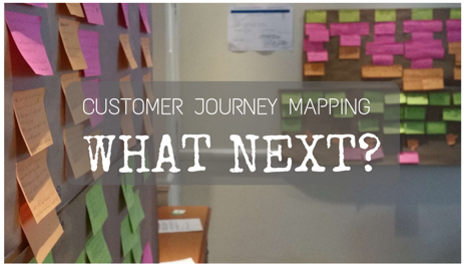
 CX consultant with an extensive corporate background and I also specialise in professional development for those in, or moving to, customer experience roles. Feel free to contact me with any questions – by email to
CX consultant with an extensive corporate background and I also specialise in professional development for those in, or moving to, customer experience roles. Feel free to contact me with any questions – by email to 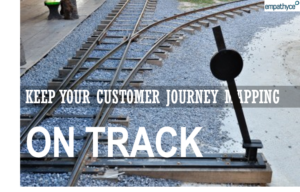
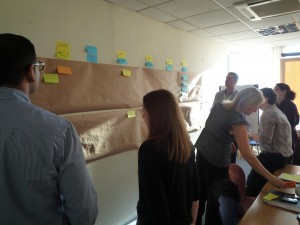
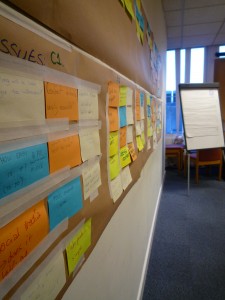





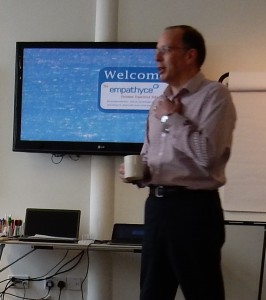 offer their insights on addressing others’ issues and get feedback on their own.
offer their insights on addressing others’ issues and get feedback on their own.
